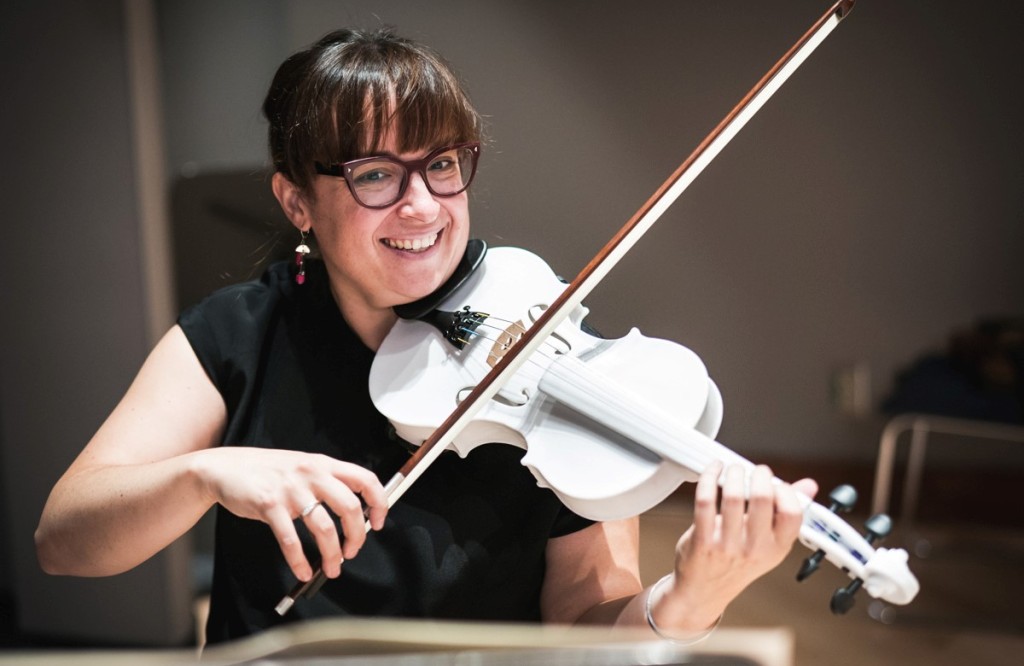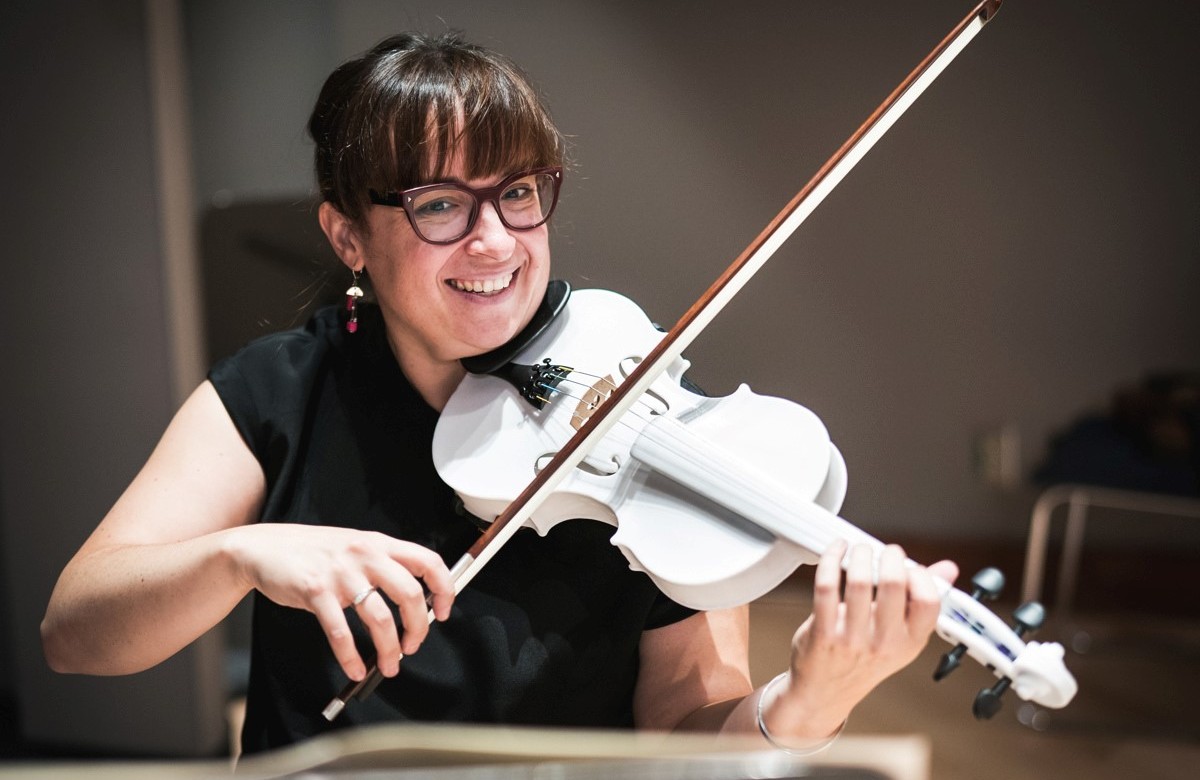
The Acoustical Society of America is 3D-printing violins to make the instrument more affordable for hundreds more children and adults who want to learn how to play.
Learning how to play music with a poorly built instrument can lead to poor technique, but quality violins are thousands of dollars.
The society’s AVIVA Young Artists Program is using a specially engineered plastic polymer substance that replicates the tonal qualities of a traditionally built violin. The neck and fingerboard are also printed in plastic to ensure a comfortable grip for musicians.
“There’s nothing quite like the sound of a [well-made] violin,” said program director Mary Elizabeth Brown. “Building such a quality string instrument takes time, perfect materials, and a lot of skill, and the best ones can cost millions of dollars.”
“Even mediocre violins can cost thousands, which puts them out of reach for most beginners and music classrooms.”
AVIVA has helped kids of all ages pursue music, particularly with violins, and has described the sound as darker and more mellow than a normal violin.
“Our goals were to explore the new sound world created by using new materials, to leverage the new technology being used in other disciplines, and to make music education sustainable and accessible through the printing of more durable instruments,” said Brown.
MORE MUSIC IN THE CLASSROOM: People Who Play Music While Studying More Likely to Have Higher GPA, Says New Poll
Violins aren’t the first instrument to be 3D-printed, Interesting Engineering details that guitars and saxophones have also been printed.
For anyone looking to be notified when the AVIVA Young Artists program is in their area, and printed violins are available, they can join the program’s mailing list.
SHARE This Cool Innovation With Someone Who Wants To Learn…





















IMO, 3D printed GUITARS would be better for everyone’s ears. A new violin student tends to make the sound of a stepped on cat for the six months, while a new guitar student can usually play a beautiful chord within an hour.